‘Papaya are exceptionally easy to grow’ – a tropical plant expert reveals the secrets to success
Papaya trees are fast-growing and versatile tropical plants that can provide bumper harvests
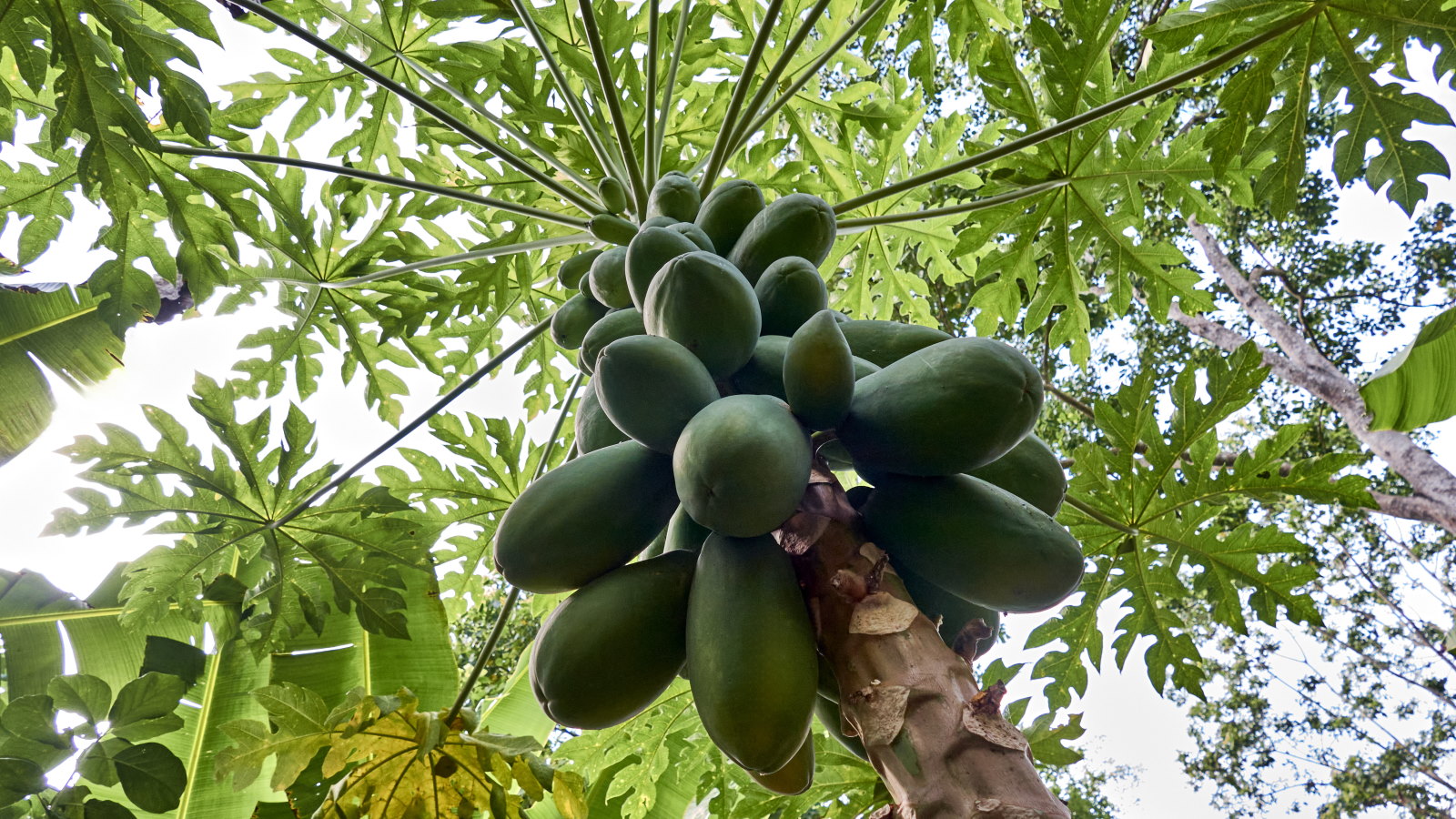

Papaya trees are fast-growing and can provide bumper crops of fruits right from their first year. They love the sun and tend to be highly productive for 4-6 years. Plus, those sweet and juicy fruits are considered a superfood thanks to their high nutritional value.
But how difficult is it to grow papaya? The answer is, not really. Tatiana Anderson from Top Tropicals says papaya is ‘one of the easiest and fastest-fruiting plants to grow’. She adds: ‘Papaya trees are exceptionally easy to grow. Technically a large herbaceous plant rather than a true tree, they are resilient and adaptable.’
They are plants with a lot of positives going for them. so why not discover how to grow papaya from planting to harvesting - with expert tips from a tropical plant expert? As the versatile plants can be grown outdoors, indoors, or in containers, and don’t need decades of care like other fruit trees, there are some great reasons to try growing papayas at home.
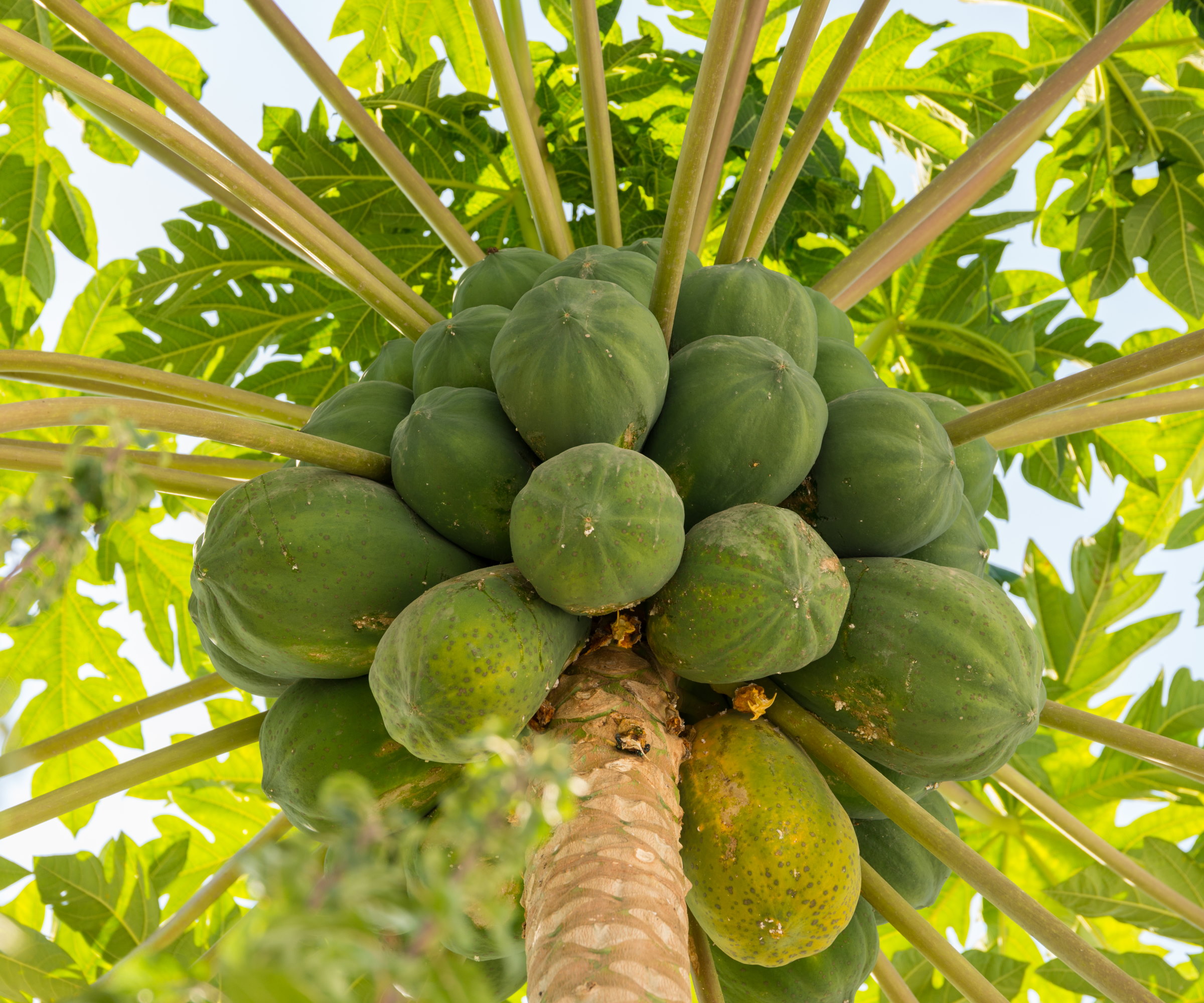
How to grow papaya - an expert guide
Papaya (Carica papaya) is a native plant to Central America but the fruits are nowadays enjoyed globally. We mentioned versatility and adaptability already, but there are choices when it comes to growing papaya:
- Plants can grow up to 30 feet tall but modern hybrid dwarf varieties are available that are more suited to small backyards or growing in container gardens
- The ripe fruits can be red or yellow, depending on the variety
- Many varieties are self-fertile, but growing more than one papaya will reward you with higher yields
- Plants can be grown from seed or pot-grown plants are available from specialist nurseries and retailers to add to your backyard ideas.
How to grow papaya - planting tips
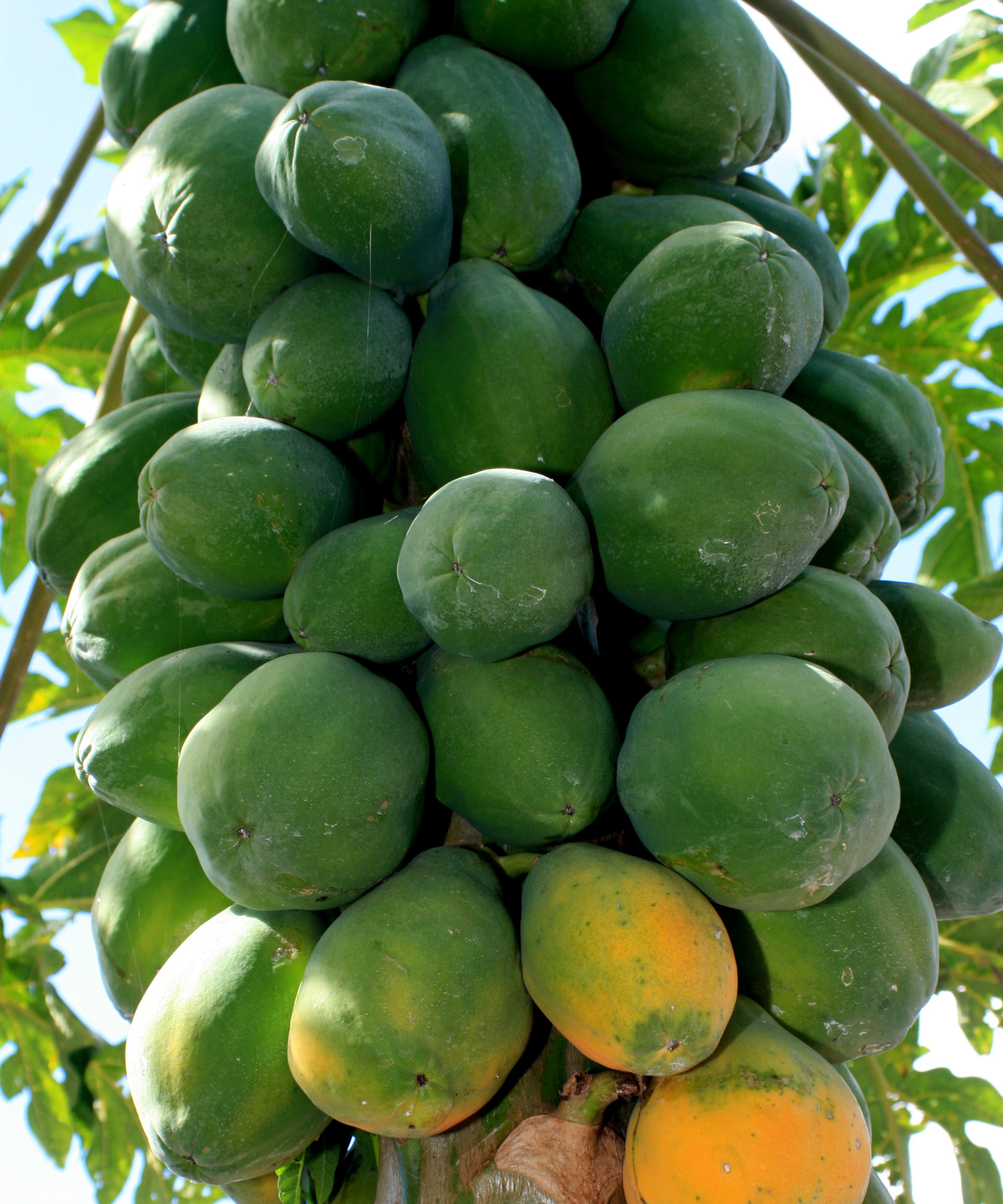
Papaya are heat-loving tropical plants that can grow outdoors in US Hardiness Zones 9-11. They are known for preferring warm temperatures of 70-90°F, but Tatiana Anderson from Top Tropicals claims they do have some resistance to cold and winds.
The tropical plant expert adds: ‘Papayas can withstand light freezes and strong winds, making them surprisingly hardy for a tropical plant.’ While they can withstand low temperatures, protecting papaya from cold and winds is advisable. Growers in cooler climates are best to grow them in a greenhouse or as an indoor plant.
An ideal spot to grow papaya outdoors would be a sunny south-facing spot where the plant can thrive in lots of warmth, whether planted in the ground or in a container.
Plant papaya in fertile and well-draining soil. Tatiana recommends adding organic matter such as compost or manure to ‘improve soil quality and ensure healthy growth’ but also warns: ‘Avoid waterlogged areas as papayas are sensitive to standing water.’
Any addition of organic matter will help improve drainage in poorer soil types. However, the importance of good drainage cannot be understated as papaya quickly struggle if they sit in waterlogged areas. If your soil sits very wet, grow the fruit tree in pots filled with free-draining potting soil.
When planting papaya, space the plants 8-10 feet apart and at a depth where the top of the tree’s rootball is level with the soil.
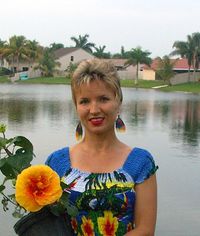
Tatiana Anderson is the co-owner and co-founder of Top Tropicals, based in Fort Myers, Florida. Top Tropicals grow and sell a whole range of flowering and fruiting tropical plants. You can discover a range of papaya fruits and seeds available at Top Tropicals.
How to grow papaya - care tips
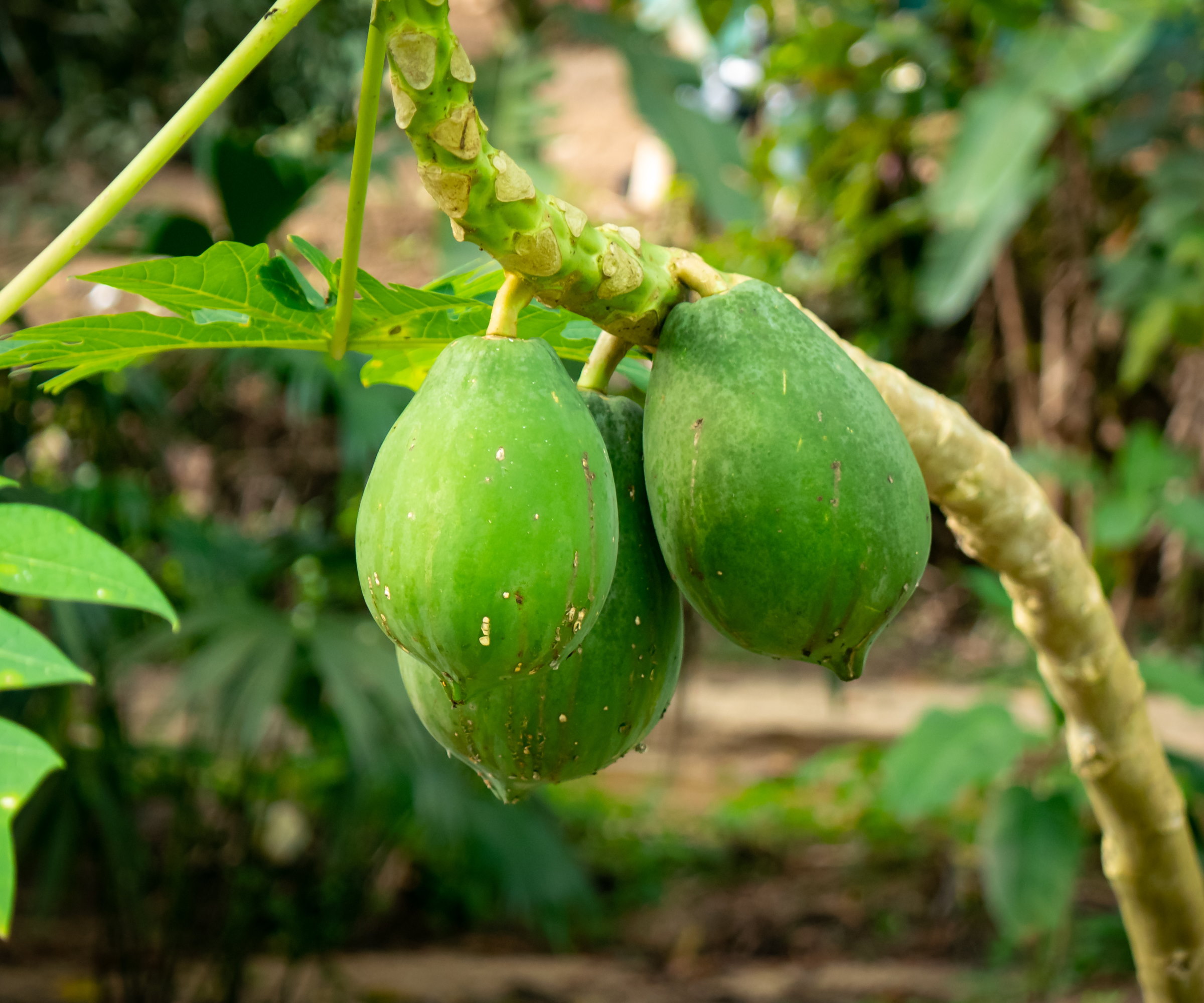
- Watering - Papaya need regular watering, but care must be taken to avoid overwatering plants as it can lead to root rot. Tatiana Anderson says that ‘papayas need consistent watering to thrive’ and getting the moisture levels right to keep the soil moist consistently is especially crucial during the growing and fruiting seasons - as papaya will drop flowers and fruit if the soil dries out. ‘Water deeply once or twice a week, depending on your climate, ensuring the soil remains moist but not waterlogged,’ she adds. ‘Mulching around the base helps retain moisture and regulate soil temperature.’
- Fertilizing - Papaya are hungry plants so it is important to provide all the nutrients they need for flowering and fruiting by feeding plants throughout the season. Mulching around plants in spring with compost or well-rotted manure will provide nutrients as the organic material breaks down, but you also need additional feeding. Fertilize papaya with a liquid feed higher in phosphorus every 2-4 weeks during the flowering and fruiting season. An example of such a product is this fruit and bloom booster fertilizer, available at Amazon.
- Pruning - Papaya does not need pruning as the plants produce fruit on a single main trunk.
- Harvesting - Papaya fruits are ready to harvest 4-6 months after flowering and the fruits turn yellow or orange in color when ripe, depending on the variety. A ripe papaya should be fragrant and soft to the touch, with a slight give if pressed. Pick fruits from the tree when fully ripe, though papaya can be picked when green and ripened in the home - though the sugar content of the fruit will be lower if picked unripe. Ripe papaya can be stored for 5-7 days in a refrigerator.
How to grow papaya from seed
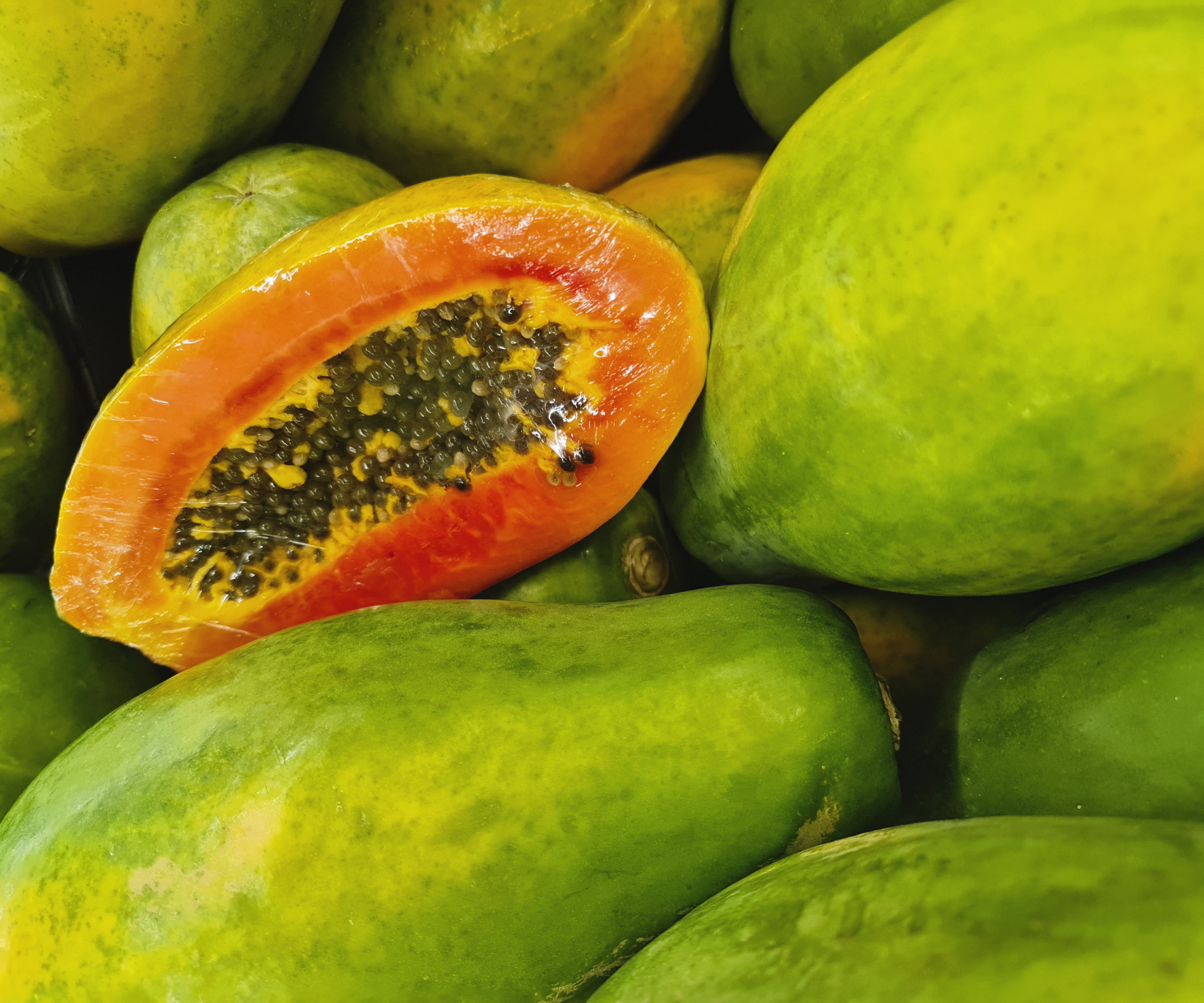
Papayas are often propagated from seeds, which can be purchased from specialist retailers or collected from store-bought fruit. Tatiana Anderson says papaya can produce fruit ‘the same year from planting a seed’, making them ‘ideal for gardeners seeking quick rewards’.
Seeds collected from fruits must have the sticky coating removed - this can be done by soaking and pressing them against a mesh colander. They then need to be rinsed and dried.
To grow papaya from seed, sow seeds indoors a quarter-inch deep into pots filled with a potting mix for starting seeds - such as this organic seed starter mix at Walmart. Place the container somewhere warm, such as a heated propagator or on a warm windowsill, and keep the soil moist, but not waterlogged.
The seeds should germinate in 3-5 weeks and you can transplant seedlings once they are large enough to handle - either into a larger pot or directly outdoors into the garden.
FAQs
Can you grow papaya in a pot?
Papaya is suited to be grown in large containers, with dwarf varieties more suited to growing in pots. ‘Choose a container at least 15 gallons in size with good drainage,’ advises Tatiana Anderson from Top Tropicals. ‘Use a rich, well-draining potting mix, and place the container in a sunny location.’ Keep a close eye on watering plants in containers to ensure the soil does not dry out.
Sometimes you do see papaya go by the common name of pawpaw and it may sound confusing because the plants and the fruits themselves are very different from the native pawpaw tree (Asimina triloba).
The pawpaw tree is part of the custard apple family and it produces round-shaped fruits that are not as sweet as papaya. It is still a fantastic fruit tree to grow that can reach 20-30 feet and develops stunning maroon flowers.
Sign up to the Homes & Gardens newsletter
Design expertise in your inbox – from inspiring decorating ideas and beautiful celebrity homes to practical gardening advice and shopping round-ups.

Drew’s passion for gardening started with growing vegetables and salad in raised beds in a small urban terrace garden. He has worked as a professional gardener in historic gardens and specialises in growing vegetables, fruit, herbs, and cut flowers as a kitchen gardener. That passion for growing extends to being an allotmenteer, garden blogger, and producing how-to gardening guides for websites. Drew was shortlisted for the New Talent of the Year award at the 2023 Garden Media Guild Awards.
-
 This brilliant $4 drawer organizer helped me reclaim control of my chaotic underwear drawer – and turbocharged my mornings
This brilliant $4 drawer organizer helped me reclaim control of my chaotic underwear drawer – and turbocharged my morningsIt makes heaps of difference when I'm getting ready
By Chiana Dickson
-
 How to get rid of bean seed flies – a pest control expert reveals how to keep crops safe from these seed munchers
How to get rid of bean seed flies – a pest control expert reveals how to keep crops safe from these seed munchersAs their name implies, these insects primarily feed on bean crops
By Tenielle Jordison